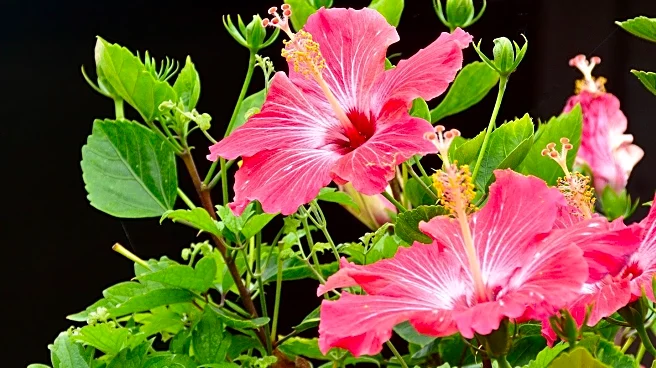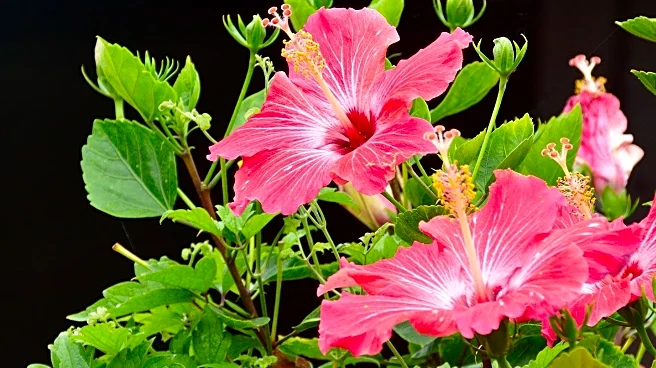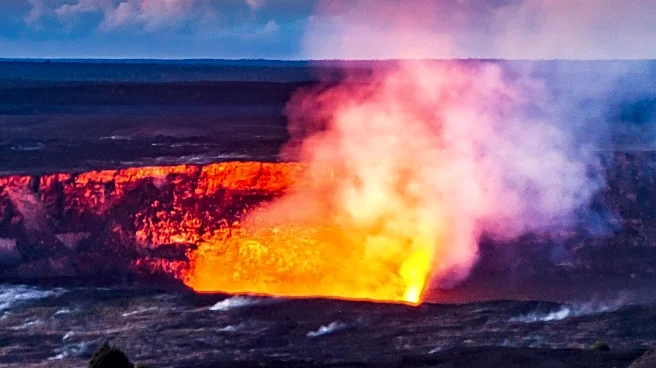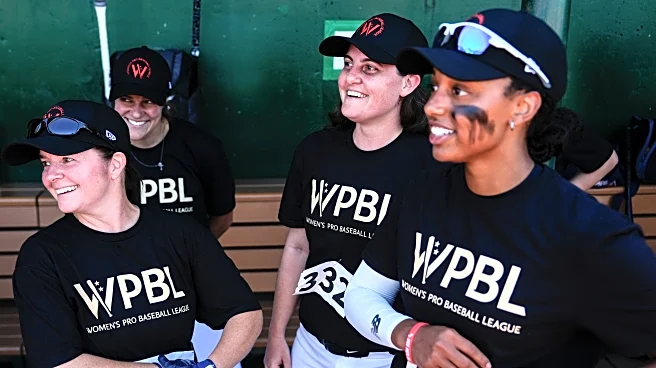What's Happening?
Hawaii's traditional art of lei-making is facing challenges as the number of flower farms on the islands decreases. The craft, which is deeply rooted in Hawaiian culture, involves creating garlands from native flowers and plants. Jonathan Vigliotti explores the history of lei-making and attends the annual Lei Day Festival in Waikiki, where the community celebrates this cultural heritage. Andrew Mau, founder of Island Boy, is working to innovate the traditional lei by incorporating new designs and materials, aiming to preserve the craft despite the dwindling availability of local flowers.
Why It's Important?
The decline in flower farms poses a threat to the cultural practice of lei-making, which is an integral part of Hawaiian identity and tradition. This situation highlights broader issues of agricultural sustainability and cultural preservation in Hawaii. As local flower resources become scarce, the economic and cultural impacts could be significant, affecting local businesses and artisans who rely on these materials. Efforts to innovate and adapt the tradition, as seen with Andrew Mau's work, are crucial for maintaining cultural continuity and supporting local economies.
What's Next?
The future of lei-making may depend on the ability to adapt to changing environmental and economic conditions. Stakeholders, including local governments and cultural organizations, might need to invest in sustainable agricultural practices to support flower farming. Additionally, there could be increased collaboration between traditional artisans and innovators to explore alternative materials and methods for lei-making. These steps could help ensure the survival of this cultural practice for future generations.
Beyond the Headlines
The challenges facing lei-making reflect broader environmental and cultural issues in Hawaii, such as land use and conservation. The decline in flower farms may also prompt discussions about the balance between development and cultural preservation. As Hawaii continues to attract tourists, maintaining cultural authenticity while adapting to modern pressures remains a critical concern.













